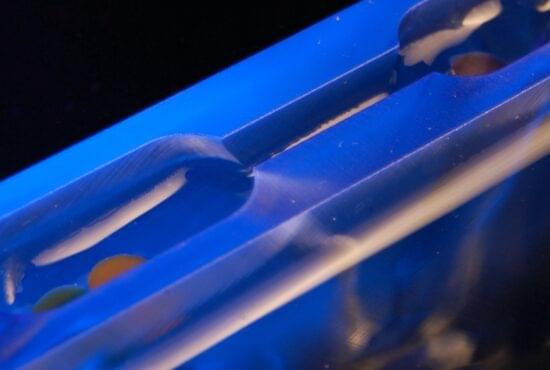To produce the next generation of high-frequency antennae for 5G, 6G and other wireless devices, a team at the Harvard John A. Paulson School of Engineering and Applied Sciences (SEAS) has invented the machine and manufacturing technique to manipulate microscopic objects using 3D printing and braid them into filaments a mere micrometre in diameter.
How small is this? One human hair varies in diameter between 20 and 200 micrometres from tip to root. Spider web silk can vary from 3 to 8 micrometres in diameter. So that’s teeny tiny. And for us to pack in the many antennae that go into mobile phone technology today, the smaller the better.
Current manufacturing techniques can’t make one-micrometre filaments. But the machine invented by the Harvard SEAS team can. How does it do it? It uses the surface tension of water to grab and manipulate micromaterials. The capillary forces in the water are harnessed to help in the assembly using the variable width channels contained within the machine. Using 3D printing and the hydrophilic properties of the machine’s walls, the team used surface tension to guide kevlar nanowires attached to small floats which as they travelled through the device plaited into micrometre-scale braids.










Comments are closed.